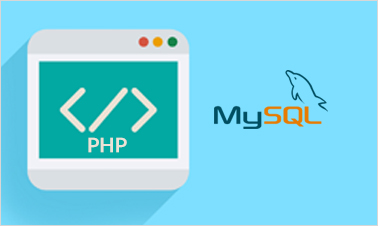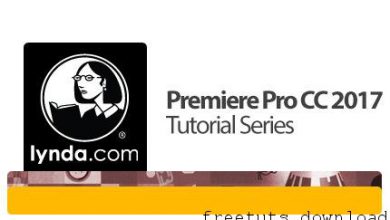PHP with MySQL Training:
PHP is a popular, reliable programming language at the foundation of many smart, data-driven websites. This comprehensive course from Kevin Skoglund helps developers learn the basics of PHP (including variables, logical expressions, loops, and functions), understand how to connect PHP to a MySQL database, and gain experience developing a complete web application with site navigation, form validation, and a password-protected admin area. Kevin also covers the basic CRUD routines for updating a database, debugging techniques, and usable user interfaces. Along the way, he provides practical advice, offers examples of best practices, and demonstrates refactoring techniques to improve existing code.
Topics include:
– What is PHP?
– Installing and configuring PHP and MySQL
– Exploring data types
– Controlling code with logical expressions and loops
– Using PHP’s built-in functions
– Writing custom functions
– Building dynamic webpages
– Working with forms and form data
– Using cookies and sessions to store data
– Connecting to MySQL with PHP
– Creating and editing database records
– Building a content management system
– Adding user authentication
PHP with MySQL Beyond the Basics:
In PHP with MySQL Beyond the Basics, expert instructor Kevin Skoglund introduces powerful PHP programming techniques using object-oriented programming (OOP). Both novice and experienced PHP developers will benefit from the efficient, well-organized, reusable, and easy-to-understand code that OOP offers. Kevin shows how OOP techniques can streamline database queries, help manage sessions, and simplify user logins. While building a real-world web application, Kevin also includes practical advice on topics ranging from structuring code to logging user actions. Exercise files accompany the course.
Topics include:
– Defining and using classes, methods, and attributes
– Understanding class inheritance and access modifiers
– Working with files and directories
– Uploading files to a server via forms
– Sending emails with PHP
– Using pagination and View templates
PHP with MySQL Training: 1 The Basics
PHP is a popular programming language and the foundation of many smart, data-driven websites. This comprehensive course from Kevin Skoglund helps developers learn to use PHP to build interconnected webpages with dynamic content which can pass data between pages. Learn how PHP can simplify the creation of forms, read and validate form data, and display errors. Kevin also covers the fundamentals of MySQL and how to use PHP to efficiently and securely interact with a database to store and retrieve data. Throughout the course, he provides practical advice and offers examples of best practices.
Topics include:
– Organizing project files
– Including and requiring files
– Working with URL parameters
– Encoding dynamic content
– Modifying headers and page redirection
– Creating forms and processing form data
– MySQL basics
– Using PHP to access database tables
– Creating, reading, updating, and deleting database records with PHP
– Validating data
– Preventing SQL injection
PHP with MySQL Training: 2 Build a CMS
This course—the second installment in a series—builds on the fundamentals of PHP with MySQL and teaches the intermediate concepts necessary to develop real-world web applications while creating a working content management system. Kevin Skoglund shows how to create dynamic navigation to allow public users to browse different pages of database-driven content. He demonstrates how to hide content from the public and to write functions which are context-sensitive and use argument options for conditional behavior. He shows how to implement user authentication and utilize PHP’s built-in password functions to securely regulate page access. Finally, he shows how related database tables can become nested resources by modifying and scoping functions. Along the way, Kevin provides practical advice and offers examples of best practices.
Topics include:
– Creating a content management system
– Building dynamic content navigation
– Using context and function options for conditional behavior
– Hiding content from the public view
– Insecure direct object reference
– Allowing HTML in dynamic content
– Previewing content in the public context
– Working with cookies and sessions
– Storing status messages in the session
– Secure user authentication (login/logout)
– Regulating page access
– Nesting related resources
– Managing an ordered list automatically
https://drive.google.com/open?id=13f87oTLsoPnpey7-V8Af2WgmcsShdAne
https://officepro-my.sharepoint.com/:f:/g/personal/hoquangdai_5tb_rf_gd/EvLCb-6FyalPrUtXzuXIyEgBA8ePtngMdsnjvxdSTTK24Q?e=ElrpVJ
Pass RAR : hoquangdai.com





